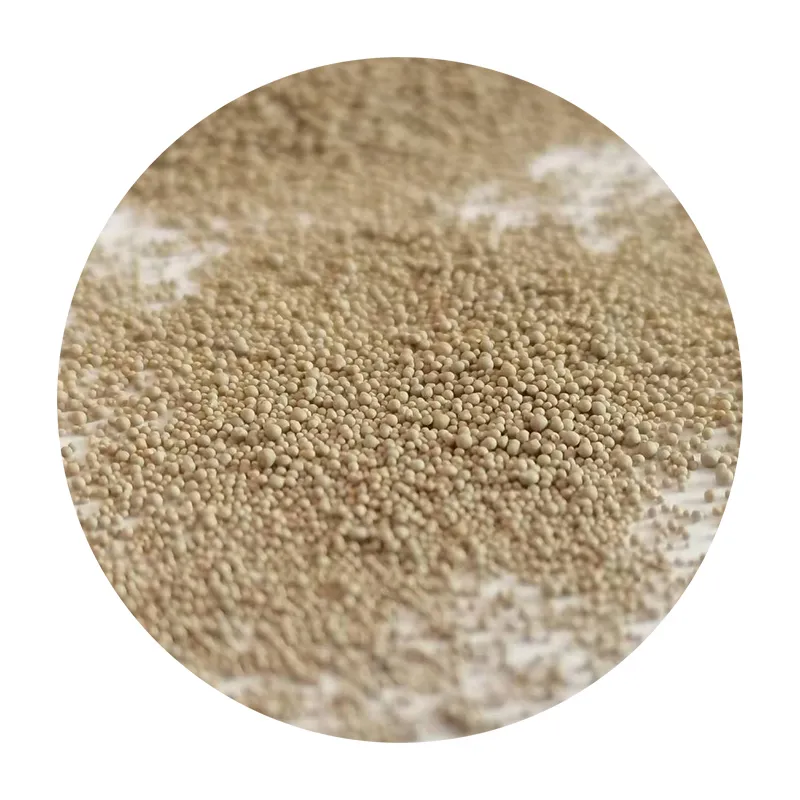Sand Casting with Resin An Innovative Approach to Metal Casting
Sand casting is a time-honored method of metal casting that has been utilized for centuries to produce a wide range of metal objects, from intricate sculptures to large industrial components. Traditionally, sand casting utilizes sand mixed with a binding agent to create molds. However, the advent of resin technology has introduced a new dynamic to this age-old process, enhancing the precision, efficiency, and overall quality of sand casted products. This article delves into the fundamentals of sand casting with resin and explores its benefits and applications.
The Basics of Sand Casting
Sand casting involves creating a mold by packing sand around a pattern, which is a replica of the object to be cast. Once the sand solidifies, the pattern is removed, leaving a cavity in the shape of the desired part. Molten metal is then poured into this cavity, allowed to cool, and solidifies to form the final product. Though sand casting is favored for its versatility and cost-effectiveness, the quality of the casts can vary based on factors such as the type of sand used, the mold's integrity, and the skill of the operators.
Introducing Resin to Sand Casting
The integration of resin into sand casting has transformed the traditional process. In resin sand casting, the mold is created using a mixture of sand and a resin binder. This blend is typically comprised of silica sand, a resin (such as phenolic or polyurethane), and a catalyst that helps the resin cure and harden. The result is a mold that retains its shape and dimensional stability better than conventional sand molds.
This method offers several fundamental advantages that make it increasingly popular in various industries.
Benefits of Resin Sand Casting
1. Precision and Surface Finish One of the most significant advantages of resin sand casting is the superior surface finish it provides. The resin binder guarantees greater mold strength and reduces the likelihood of defects, resulting in tighter tolerances and smoother surfaces. This is especially beneficial for applications requiring intricate designs or detailed features.
sand casting resin

2. Enhanced Mold Strength Resin-bonded sand molds exhibit greater durability compared to traditional sand molds. This increased strength reduces the risk of deformation during the pouring of molten metal, minimizing the chances of casting defects.
3. Shorter Lead Times The curing time of resin is less than that of traditional sands. This speed allows for shorter lead times in production, enabling manufacturers to respond more rapidly to market demands.
4. Reduced Environmental Impact Traditional sand casting can generate a significant amount of waste and require extensive reclamation processes. Resin sand casting can be more environmentally friendly, as the resin can often be reused, reducing the overall amount of waste generated.
5. Versatility in Materials Resin sand casting is compatible with a variety of metals, including aluminum, bronze, and iron. This flexibility makes it suitable for industries ranging from automotive to aerospace, where different metal properties are required.
Applications of Resin Sand Casting
The applications of resin sand casting are vast. In the automotive industry, it is used to produce intricate engine components and casting parts that require high strength and complex geometries. The aerospace sector benefits from resin sand casting when manufacturing lightweight yet durable components that withstand intense conditions.
Additionally, the art and sculpture community has embraced this method for its ability to produce highly detailed and aesthetically pleasing designs. Resin sand casting allows artists to bring their creative visions to life with unparalleled precision and clarity.
In conclusion, sand casting with resin represents a significant evolution in metal casting technologies. By marrying the traditional sand casting method with modern resin technologies, manufacturers can achieve higher quality products with enhanced performance characteristics. As industries continue to innovate and strive for sustainability, the role of resin sand casting will undoubtedly become more prominent, showcasing the perfect blend of tradition and technological advancement.
Post time:окт . 14, 2024 03:58
Next:Understanding the Process and Techniques of Sand Casting in Manufacturing
